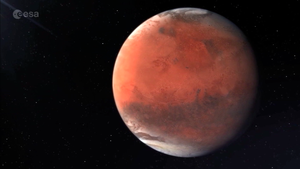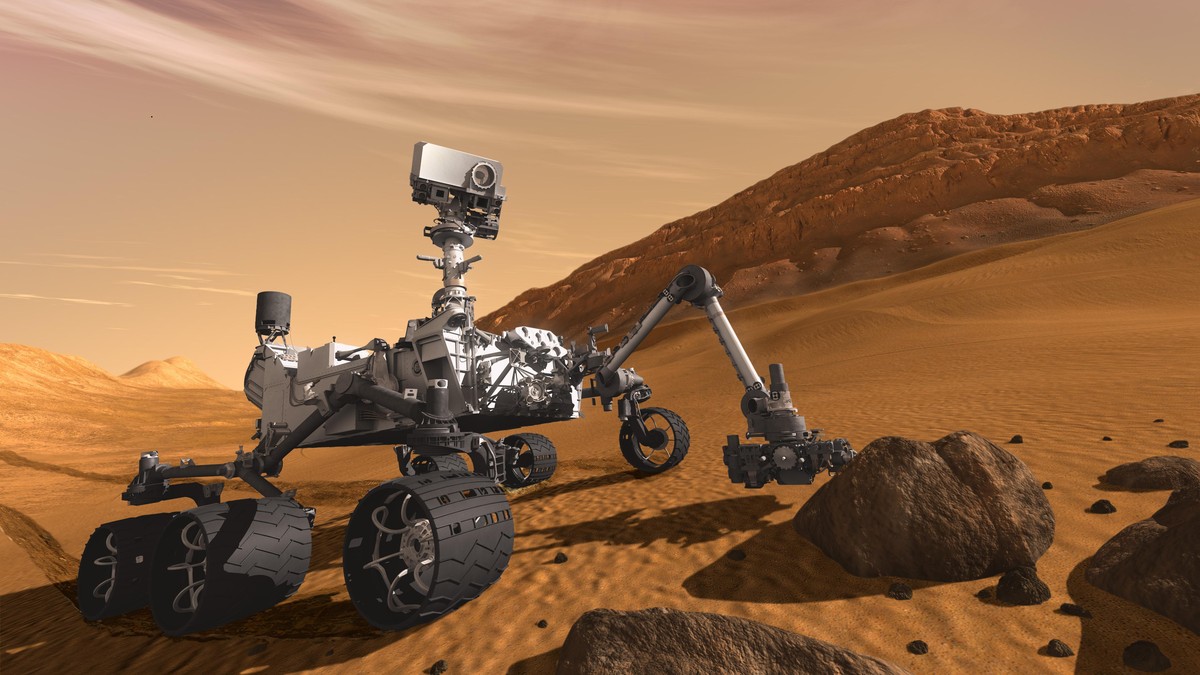Mars 2020
2016/09/01 Etxebeste Aduriz, Egoitz - Elhuyar Zientzia Iturria: Elhuyar aldizkaria
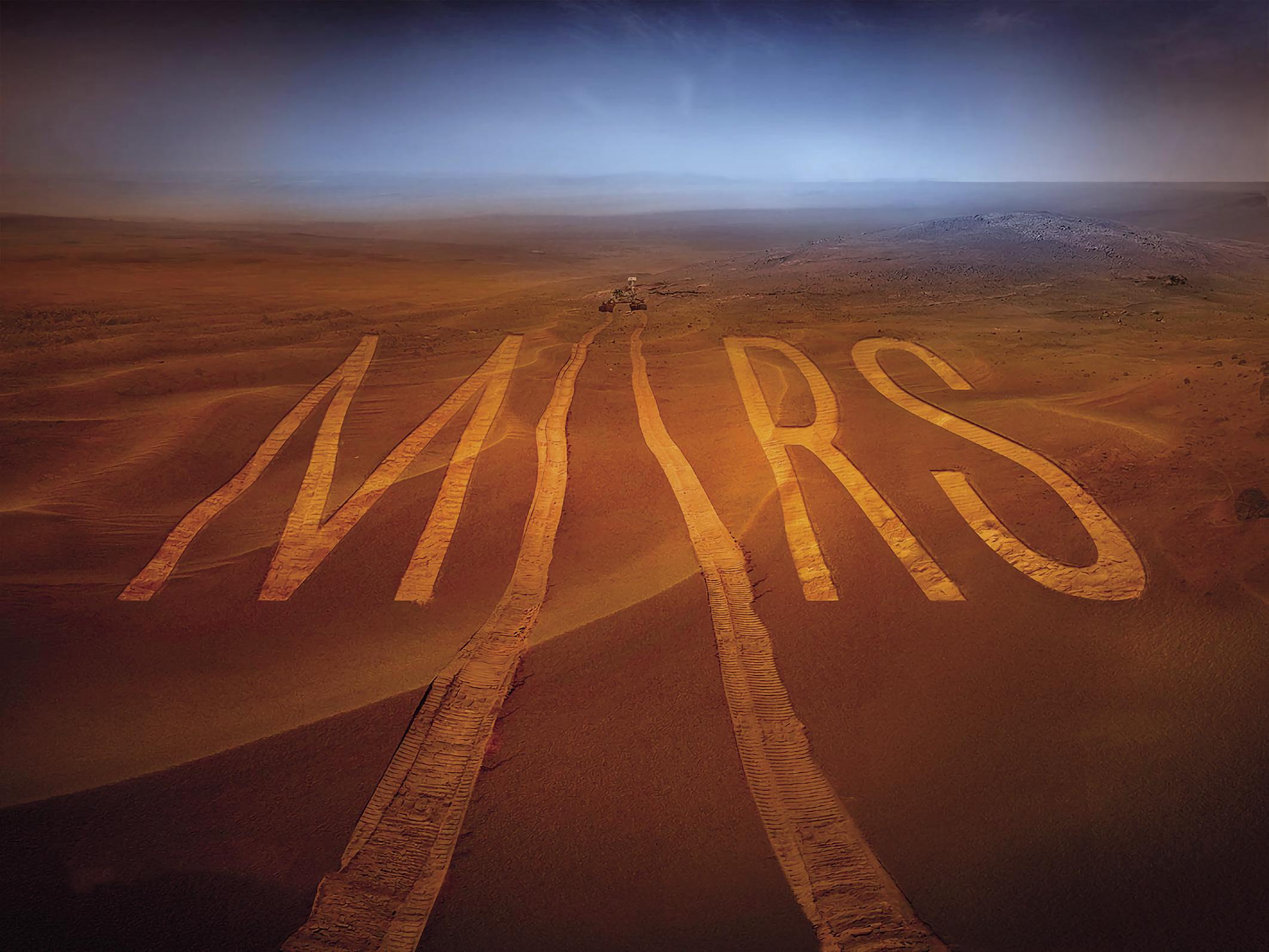
NASA, on the one hand, and the European and Russian Space Agencies on the other, and China, on the other, plan to send an autonomous vehicle to Mars in 2020. For their part, India and the United Arab Emirates will send an orbiter and in India it is being studied if they will also send a vehicle along with the orbiter. “On the one hand, the enormous technological development of these missions is motivating for any country,” says Agustín Sánchez Lavega, director of the Planetary Sciences Group at the University of the Basque Country. “And on the other hand, there is a scientific achievement. Think about whether there are remnants of life in any mission.”
Researchers from the Planetary Sciences Group will participate in the European and Russian mission ExoMars 2020 and, above all, in the Mars 2020 mission of NASA, which is the main objective of both missions, find some trace of life.
“There is no doubt that there was ever liquid water on the surface of Mars. Its extent and the time it was liquid are unknown, but lakes and streams are unknown. For example, where Curiosity is now in the Gale crater, there are streams that clearly descend from the mountain,” explains Sánchez Lavega. “Given this important point, I think there is a possibility of finding some indication that there has been some biological activity in some niche. Some imprint that cannot be explained with Martian geology.”
Mars and ExoMars
This is what they will try in their mission Mars 2020 and for this they want to install an autonomous vehicle on Mars. The vehicle will be very similar to the current Curiosity, with 1000 kg of weight, equipped with cameras, sensors and tools. Some of them will be improved versions of previous and new ones like SHERLOCK. Raman is a spectrometer that serves to detect organic molecules and biomarkers. “So far this kind of tools has not been taken to Mars. It will be fundamental in the search for signs of life,” explains Sánchez Lavega.

Sánchez Lavega has also highlighted the RIMFAX tool, a radar that will serve to analyze conditions under the surface. Mars Express and MRO probes that are in the orbit of Mars have similar radars, but will be the first to act on the surface of Mars and will reach 500 meters deep. “The presence of aquifers under the surface of Mars is very unknown. As depth increases, temperature and pressure are higher, so there can be liquid water.”
The ExoMars 2020 mission will reduce the vehicle by about 300 kg. And its most important weapon is a two-meter deep drill. The drill will take samples at different depths that will be analyzed in the vehicle with different tools. Thus, the ExoMars 2020 mission will be able to analyze for the first time samples of this depth. Mars 2020 will also have a drill, but will not reach more than one meter.
Astrobiologists are clear that most chances of finding signs of life are below the surface. “The ultraviolet radiation coming to Mars sterilizes everything. Therefore, it should be searched under the surface. The most optimistic think that it is possible that today there is some living being,” explains Sánchez Lavega.
Not confirming life
Clarifying whether you are alive or have ever been will not be a simple job. “A planet is very large and although it has been alive, I don’t know where those niches are,” explains Sánchez Lavega. In addition, NASA has made it clear that one thing is to detect organic molecules and biomarkers, but that Mars 2020 will not be able to confirm whether it is or has been alive on Mars.
“It is very difficult,” said Sánchez Lavega, “look at what happened in 1996. A fallen Mars stone in Antarctica raised powders in the scientific world. Some believed that he could have life and the debate arose. The matter was not clarified until all tests were conducted. And those studies were done in the laboratories of the Earth! On Mars, although the equipment is very sophisticated, it is limited. I believe that in order to confirm whether life has really existed or not, it is necessary for people to go to Mars and there mount true laboratories to be able to explore them comfortably and carry out examinations there.”
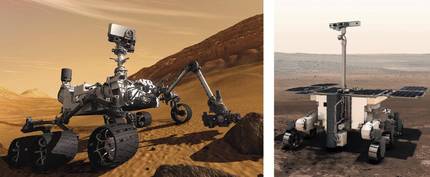
But still Sánchez Lavega sees it far: “It is always said that it will happen within 20 years, but nobody has it really planned. The other day I asked someone from NASA and he replied that they didn't know either. On the other hand, it is true that there is already a private initiative for this, which is really curious”.
However, NASA also wants to take advantage of the mission to start developing technology for it. For example, they will carry the MOXIE tool. This tool will test a technique to obtain oxygen from CO 2 from the atmosphere of Mars. It is expected to reach 0.015 kg of oxygen per hour.
On the other hand, Mars 2020, in addition to finding traces of life, has a second main objective: Take the first step towards a future mission of Martian samples to Earth. The selection, collection and storage of these samples will be done in a certain place, stored in metal tubes that will remain below 50ºC and above ten years. Subsequently, a new mission would bring these samples to Earth for analysis in its laboratories.
“This seems to me feasible in the near future,” says Sánchez Lavega, “although we have to get off Mars. It is not the same to take off the Moon that from Mars, gravity is much greater. Oxygen produced by MOXIE may be used as fuel. In any case, I see it closer than getting people to Mars.”
Dust of Mars
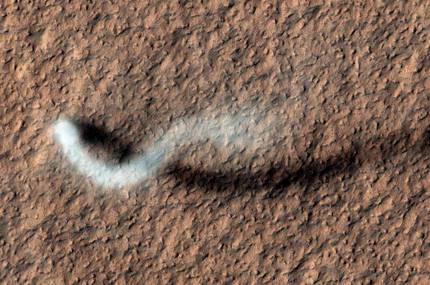
Meanwhile, many more will be investigated in Mars missions as well. For example, the Planetary Sciences Group will investigate Martian meteorology and dust. “Dust is a very important element on Mars,” explains Sánchez Lavega, “because the atmosphere of Mars is very light and the dust rises easily. There is a lot of dust and it moves quickly from side to side. And it deteriorates the tools. That is why it is important to know the cycles of dust, the deposition rate, how it affects appliances from the point of view of electronics, optics, etc. Dust on earth is not something to consider, but on Mars it is fundamental.”
Well, to investigate the meteorology and dust of Mars, the NASA Mars 2020 mission vehicle will have the MEDA tool. Under the direction of the Center of Astrobiology of Madrid, researchers from the Group of Planar Sciences are participating in the development of the MEDA and will be dedicated to the research carried out with this tool. “The MEDA is a meteorological station,” explains Sánchez Lavega, “that measures temperature, pressure, wind, humidity, or in this case we will tell the amount of atmospheric water vapor and, above all, dust. On the other hand, they will also participate in the European and Russian mission ExoMars 2020, in which case they will not perform the meteorology, but will have dust detectors.
Observations of support for these missions will also be made from Earth with the PlanetCAM-UPV/EHU cameras developed by them. These cameras are attached to telescopes (one of them on one of the Calar Alto telescopes, for example). And with these observations they analyze the phenomena that occur on Mars on a large scale. In addition, we are working with a small camera of the ExoMars spacecraft in the orbit of Mars and Curiosity data, investigating atmospheric dynamics and dust.
In the missions of 2020, the Planetary Sciences Group will aim to “know in the best way possible the Martian meteorology, the cycle of dust, the generation of clouds, like the clouds that occur at the poles, etc.”, explains Sánchez Lavega. “In short, to advance the knowledge of Martian meteorology, among other things, because this will be very important for future visits, whether visitors, vehicles or people.”
Participation in the Mars 2020 and ExoMars 2020 missions is a challenge for the team, as explained by Sánchez Lavega: “We are a small group and we are saturated, but surely it is the most beautiful challenge we have ever had. Right then I will retire and it would be wonderful to retire with a visit to Mars. That’s what I dream.”

Gai honi buruzko eduki gehiago
Elhuyarrek garatutako teknologia



